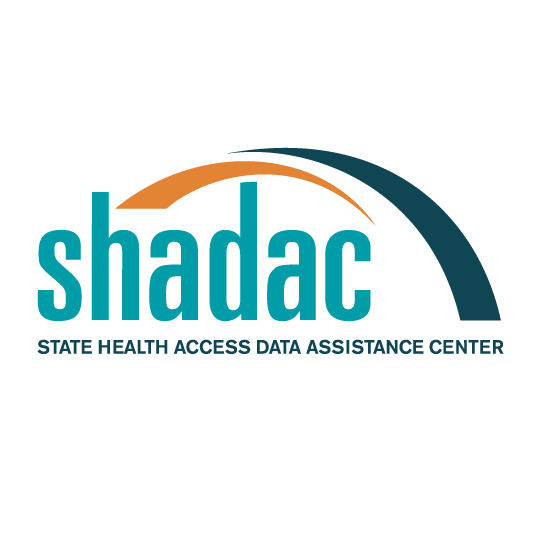Blog & News
Key Findings from the Evaluation of the SIM Initiative in Minnesota: Final Report Executive Summary Now Available
January 11, 2018:The executive summary of SHADAC’s final evaluation report on the SIM Initiative in Minnesota is now available.
| Background: SIM in Minnesota | |
|---|---|
|
In 2013, the state of Minnesota was awarded a cooperative agreement by the Center for Medicare and Medicaid Innovation (Innovation Center) under the State Innovation Model (SIM) initiative to implement and test a state-designed approach to care delivery transformation and payment reform. Under SIM, Minnesota aimed to develop a health care system that: provides patient-centered, coordinated care; holds providers accountable for costs and quality of care; aligns financial incentives to promote the Triple Aim; and implements collaborative approaches to set and achieve health improvement goals. Between 2015 and 2017, SHADAC conducted the state-level evaluation of Minnesota’s SIM initiative, called the Minnesota Accountable Health Model (the Model). |
Key Findings
The executive summary provides an overview of the key findings from the final results of SHADAC’s broad, initiative-level evaluation of Minnesota’s core SIM activities.
SHADAC highlights the following key results in particular that underscore the state’s progress in achieving its aims under SIM:
- The state expanded and advanced its Medicaid Accountable Care Organization (ACO) program and was viewed by participating provider systems as a leader among payers in data analytics and reporting.
- The number of SIM-collaborating organizations participating in alternative payment models increased over the period of the initiative, although this increase occurred primarily in the state’s Medicaid market.
- SIM investments in electronic health information exchange (HIE) increased provider connections to the state’s HIE infrastructure and expanded statewide HIE vendor capacity.
- State practice transformation programs and activities under SIM situated emerging professions practitioners (e.g., community health workers, community paramedics, etc.) in select front-line work settings; led to improvements in the capacity of participating providers and organizations to deliver coordinated care across settings; supported new and existing Health Care Homes; and facilitated the successful launch of Behavioral Health Homes.
- Community-based care coordination through Accountable Communities for Health (ACHs) led to improvements in care quality and patient outcomes, with individual ACH evaluations providing some evidence of cost savings.
- The state developed knowledge of the ACO market, engaged stakeholders, and built relationships that may help to support future discussions about ACO multi-payer alignment.
- Through joint-agency leadership, intentional stakeholder engagement, and the distribution of grants across the state with the flexibility to support innovative local reform models, DHS and MDH fostered new and strengthened existing relationships across sectors within the state, and broadened the conversation about health to one that goes beyond the medical care system to consider community characteristics and social determinants of health.
The Mark of SIM in Minnesota
While SIM and the infrastructure built around the initiative are coming to a close, Minnesota’s investments under SIM will continue to have an impact on the state and among provider communities: SIM lessons and investments are serving as a springboard for enhancements and adaptations in the state’s Medicaid ACO and Health Care Homes programs; over half of ACHs and one-third of e-Health initiatives have secured funding/resources to sustain their work in some form; the state is positioned to continue to advance e-Health; and a number of new capabilities and resources now exist that can provide future support to organizations across the state in their movement toward accountable care and community engagement.









